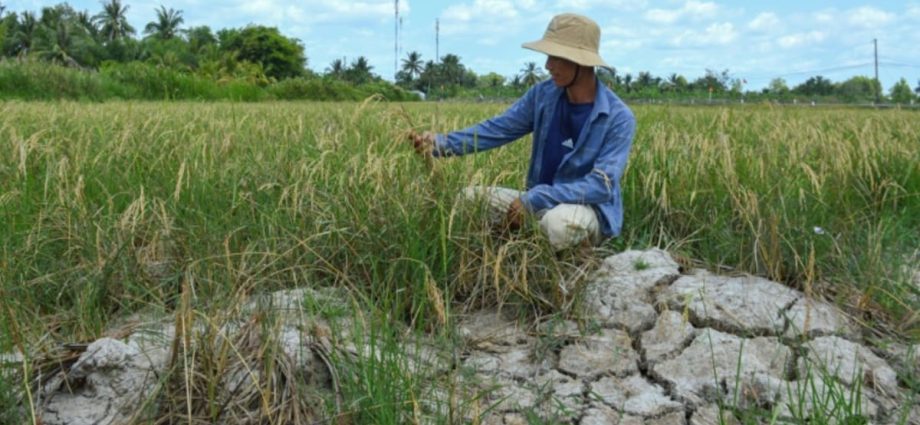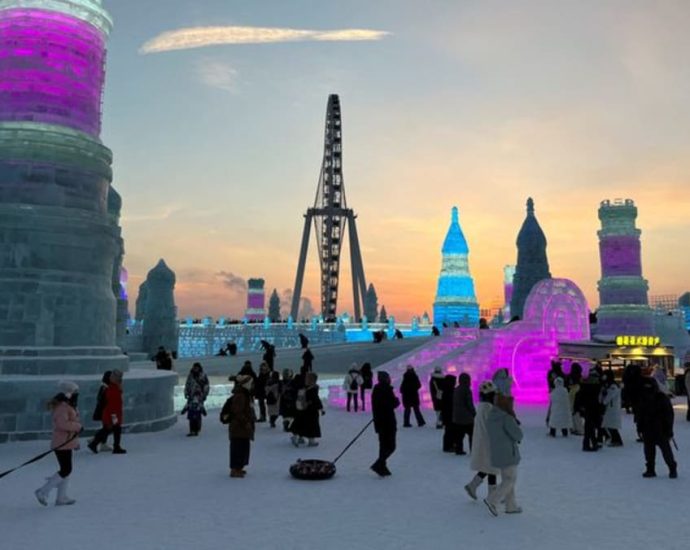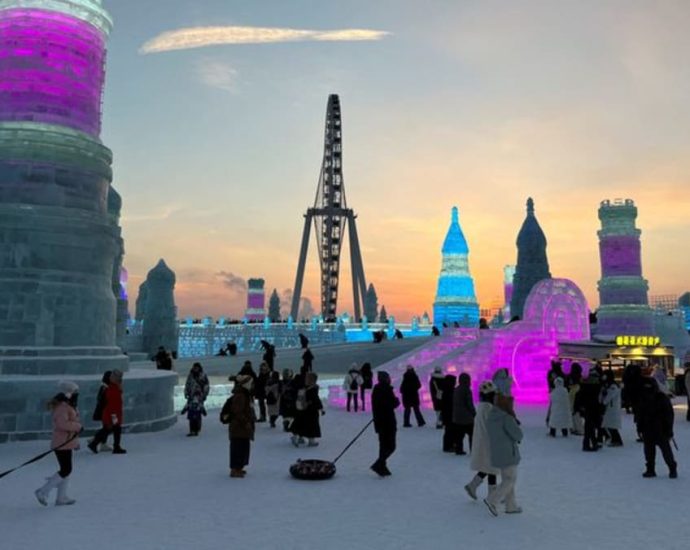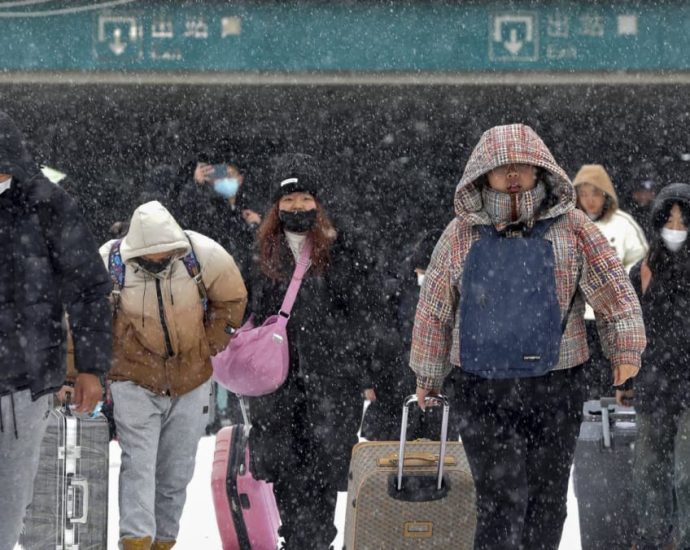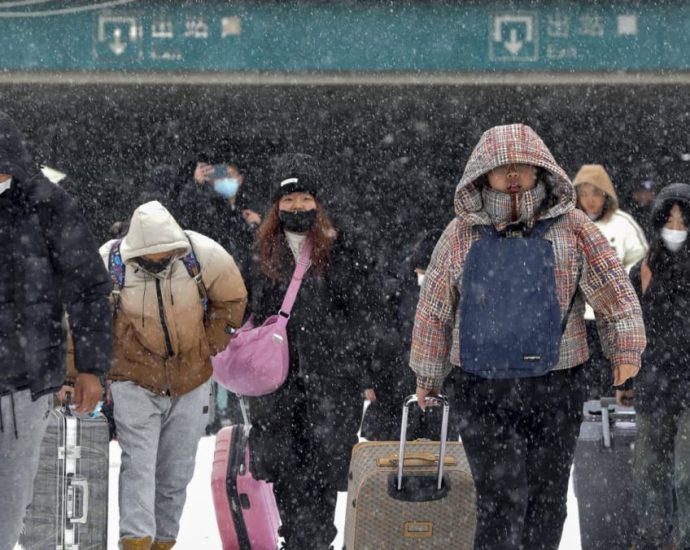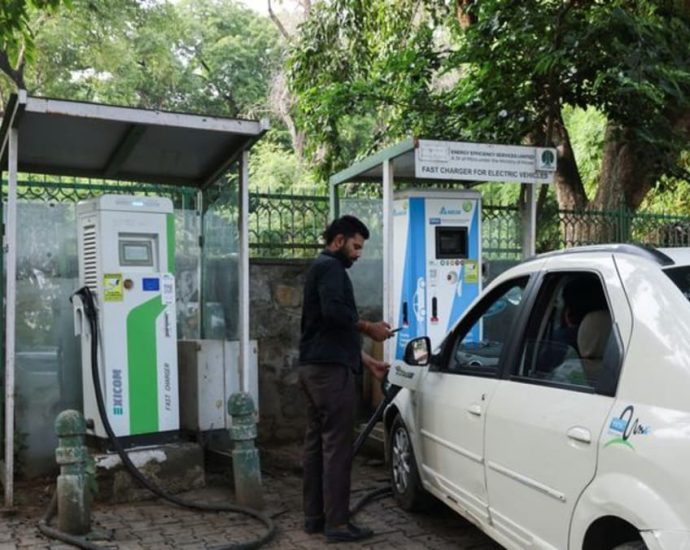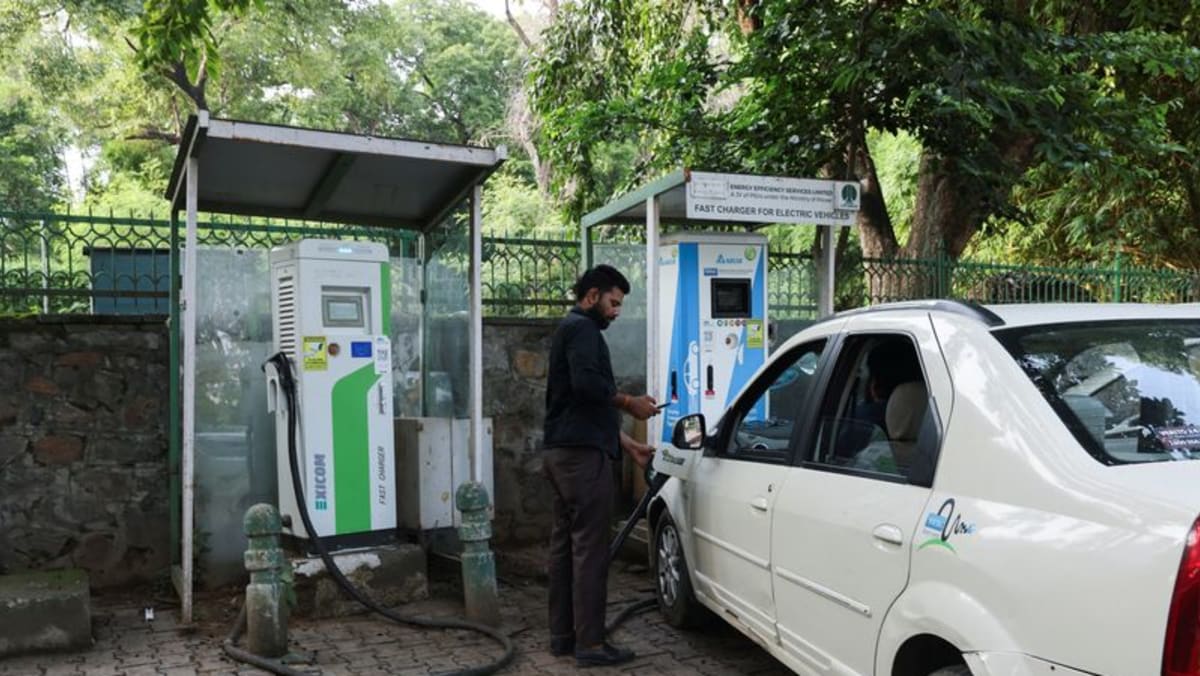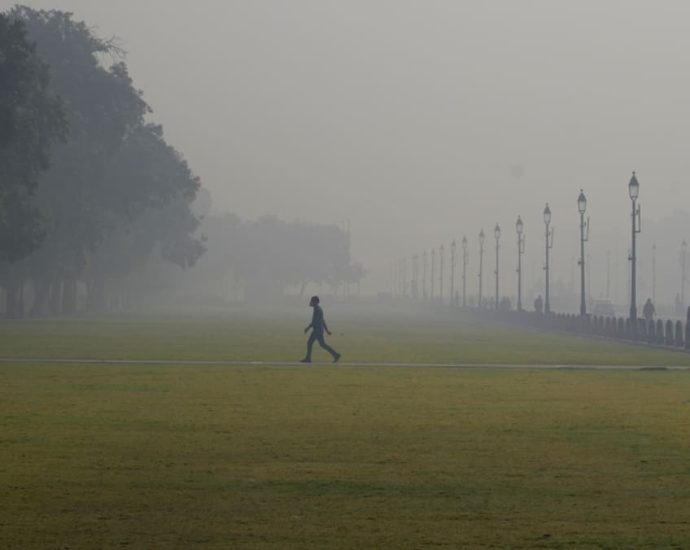Vietnam’s ‘rice bowl’ cracks in monster heatwave
HANOI: Southern Vietnam, including business hub Ho Chi Minh City and its “rice bowl” Mekong Delta region, suffered an unusually long heatwave in February, weather officials said Wednesday (Feb 28). Several areas of the delta are also suffering drought and farmers are struggling to transport their crops due to lowContinue Reading

